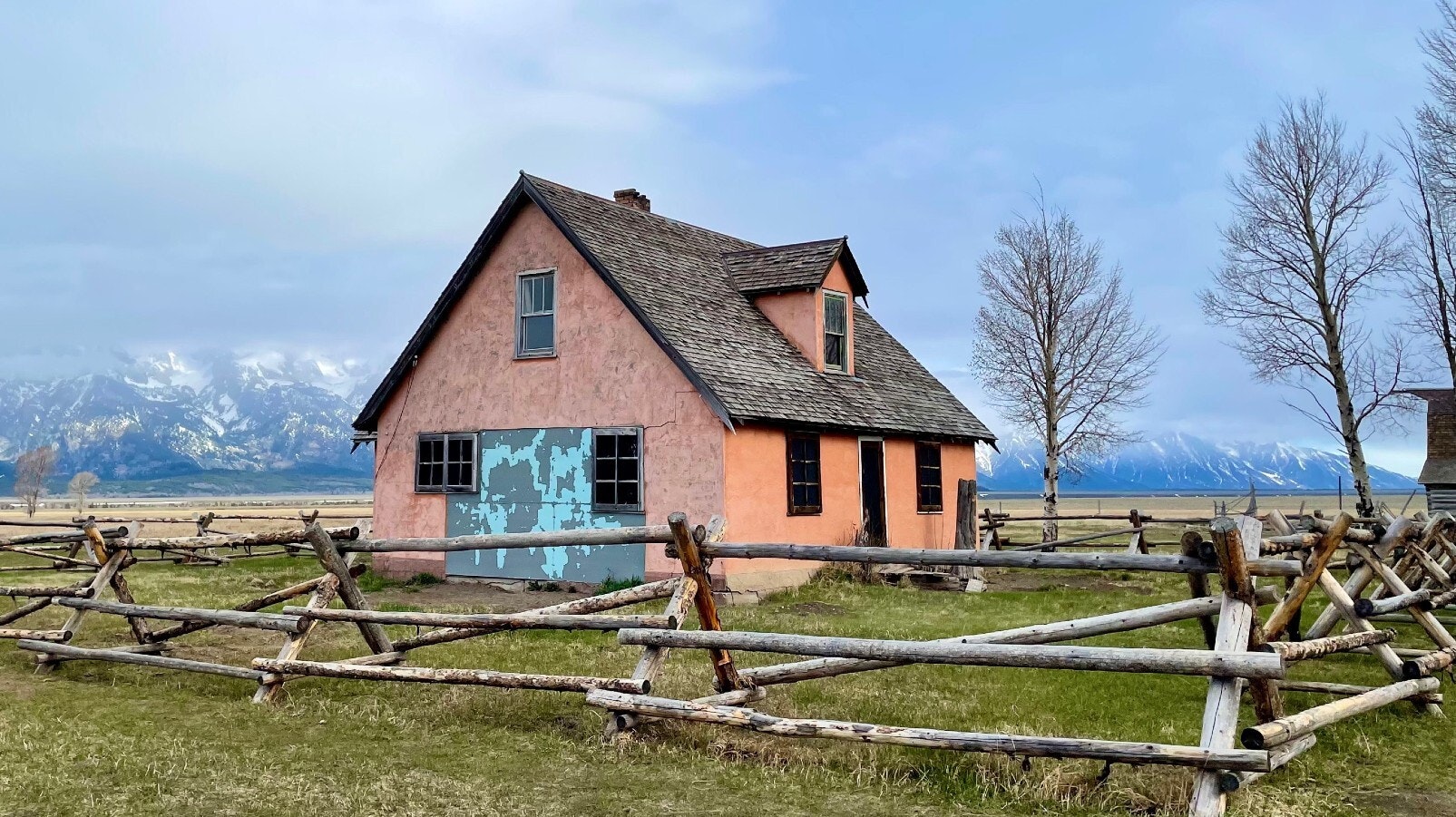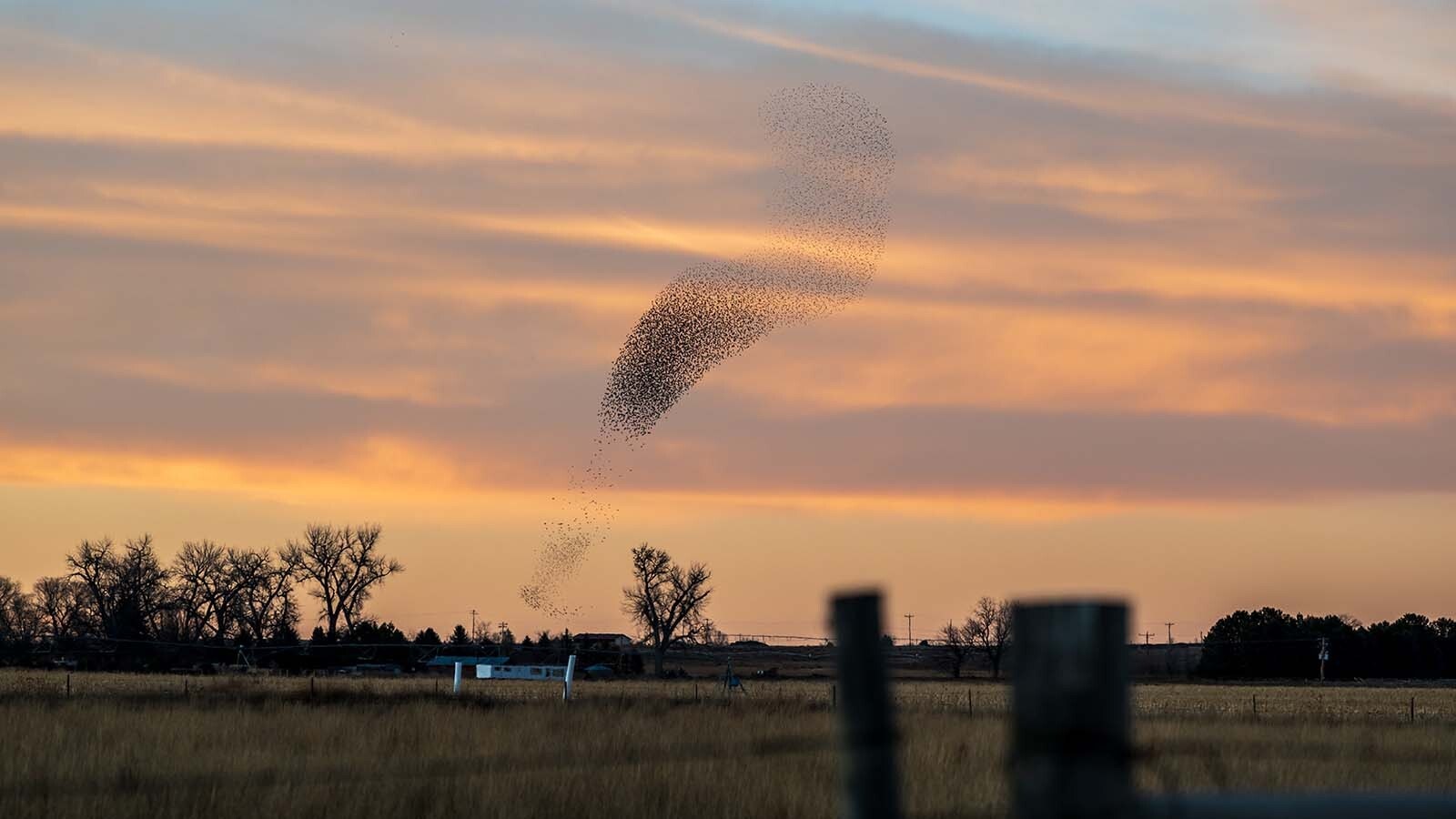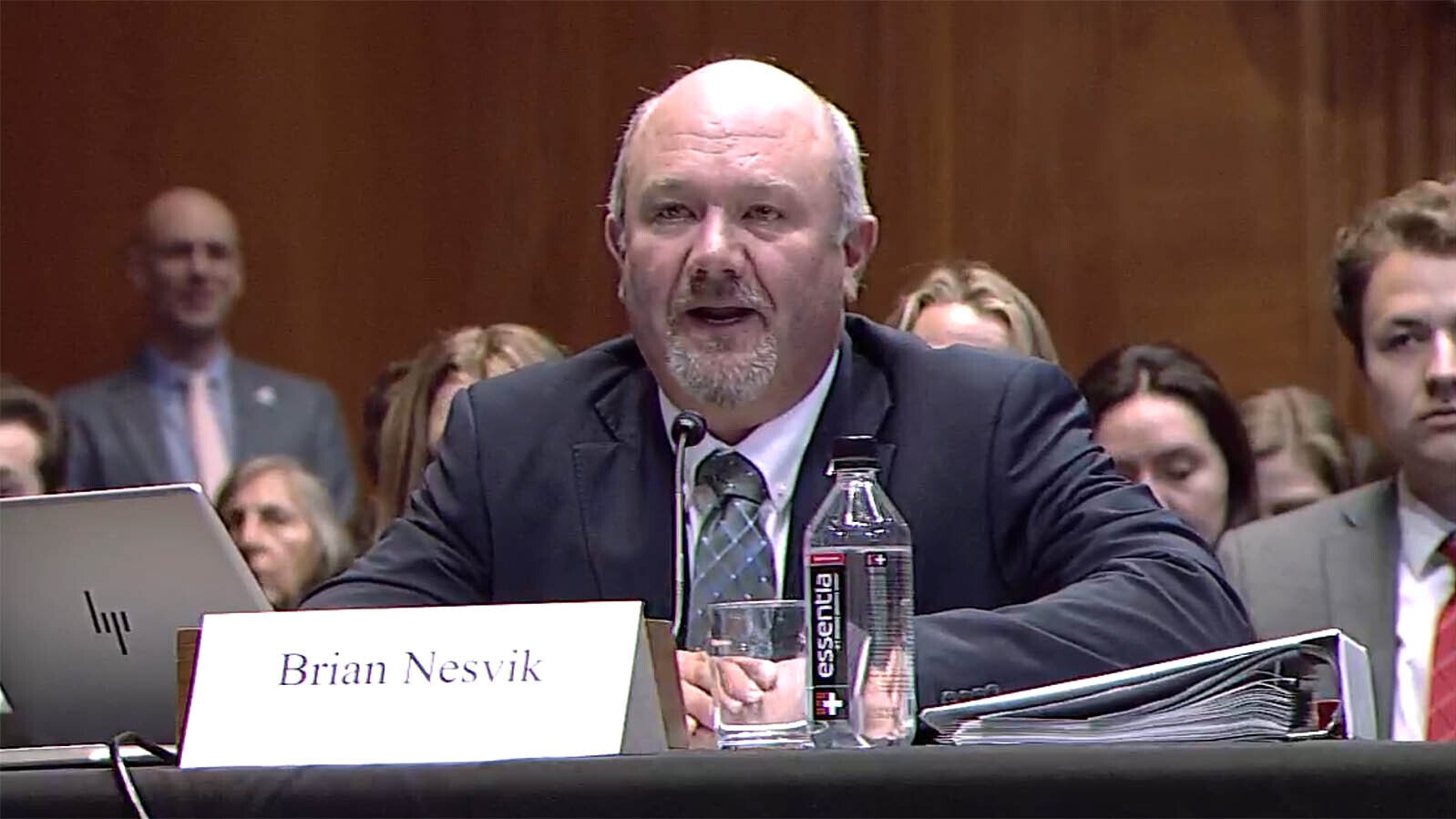The National Park Service and the Grand Teton National Park Foundation are joining forces to preserve and stabilize a historic property on Mormon Row inside of the park.
The John Moulton property, including the “Pink House,” will be closed to the public from now until mid-summer due to preservation activities.
The project will include structural foundation work to stabilize the Pink House and its iconic stucco, serving to improve the visitor experience through preservation of this important historic landscape.
Preservation and conservation professionals completed analyses of the building’s condition recently and concluded that preservation efforts should begin soon.
Specialists with the National Park Service Historic Preservation Training Center will be responsible for the temporary removal, documentation and storage of the building’s stucco skirt and brick chimney. A contractor will move the building off its existing foundation, pour a new foundation and then reattach the structure.
Additional preservation on the homestead, including a full stucco preservation project, roof replacement and rebuilding of the chimney, will occur over the next several years.
The Pink House is a 1.5-story historic home constructed in 1938. It retains a high level of historic integrity with original doors, windows, cabinetry, wallpaper, flooring and woodwork.
The house is surrounded by a historic barn, bunkhouse, several other outbuildings and cultural landscape elements including irrigation ditches, corrals and fencing.
Work at the Pink House marks the beginning of a multi-year public-private partnership project between the National Park Service and Grand Teton National Park Foundation to preserve the entire Mormon Row Historic District.
The multimillion dollar effort will address preservation needs and improve the ways visitors learn about the legacy of the district.
In 2018, the foundation was instrumental in efforts by the National Park Service acquiring a 1-acre parcel, the last privately held land along Mormon Row. The structures on the property are being used for park seasonal employee housing.
Improved visitor services, such as a pedestrian connection between properties on Mormon Row, walkway, toilet and additional parking, was constructed in 2016.
The Mormon Row Historic District was added to the National Register of Historic Places in 1997. It offers visitors an opportunity to connect with the history of the park and understand the difficulty and isolation associated with historic settlement in Jackson Hole, as well as experience the scenic beauty of the Tetons.
Members of The Church of Jesus Christ of Latter-day Saints, or Mormons, established homesteads east of Blacktail Butte beginning in the 1890s. The community of Grovont was created, today known as Mormon Row. The homesteaders clustered their farms to share labor and build community, a stark contrast with isolation typical of many western homesteads.





